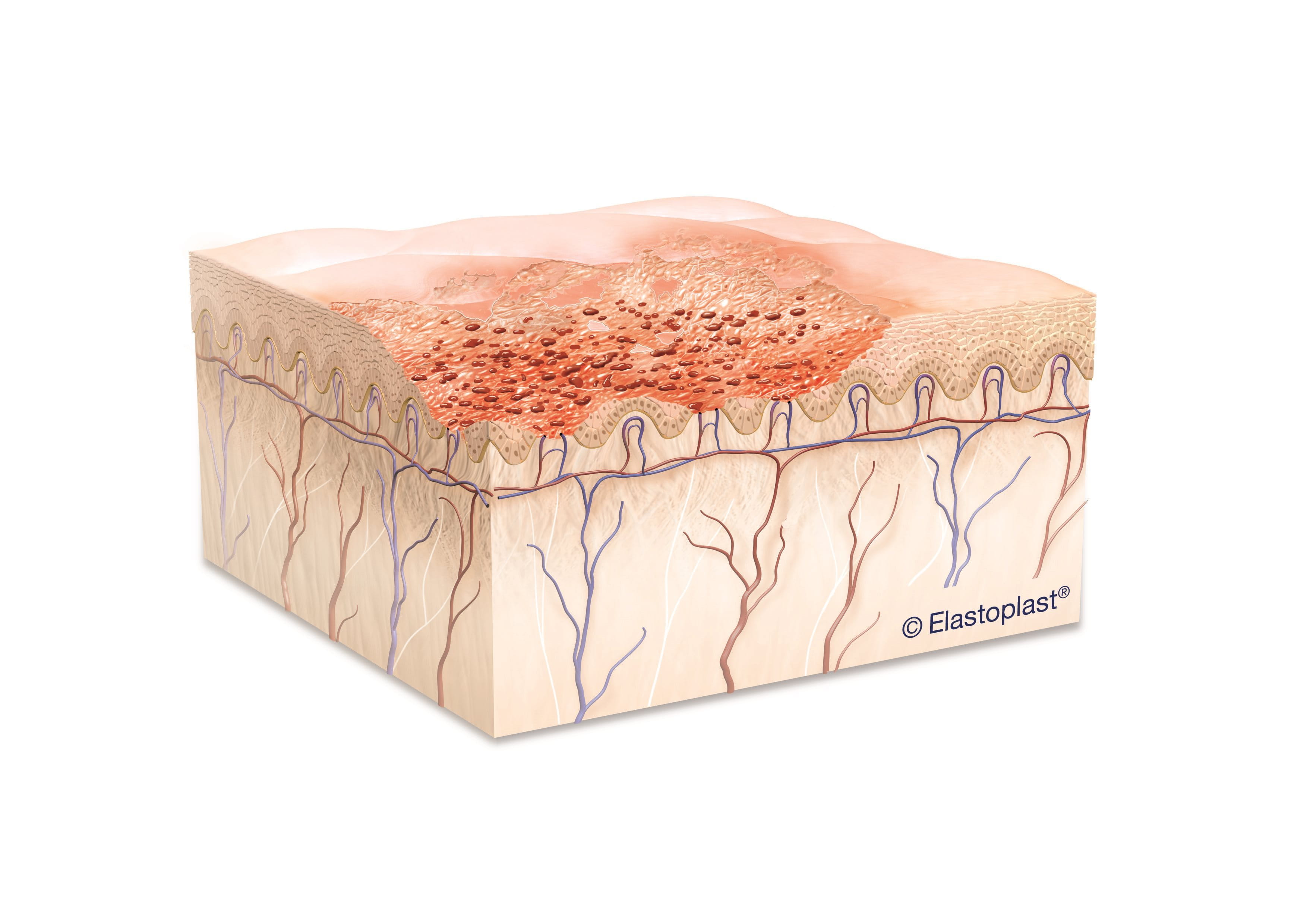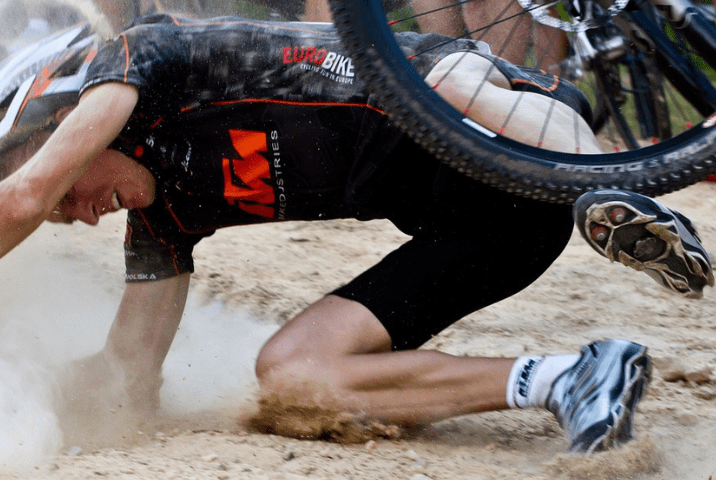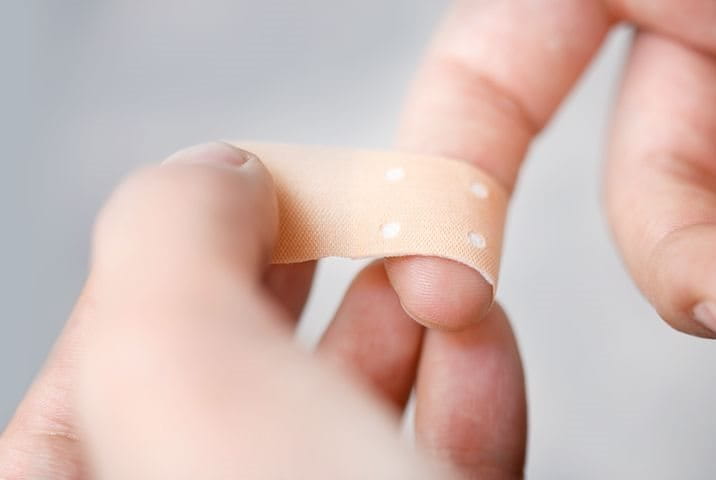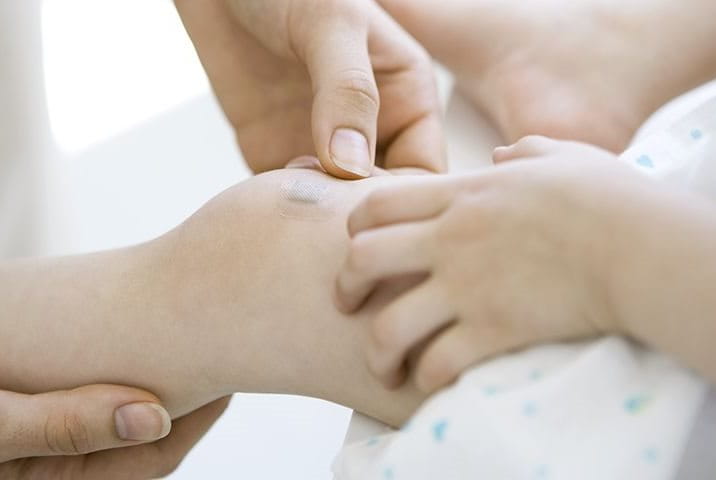It’s a fact that cycling has numerous benefits to physical and mental health as well as broadening your social circle.
But from a car collision to a slippy road, there are many bike accidents that can happen, especially in the UK where the roads may be wet. It’s beneficial for you to know the dangers and how to treat bicycle accident injuries so you are prepared.








